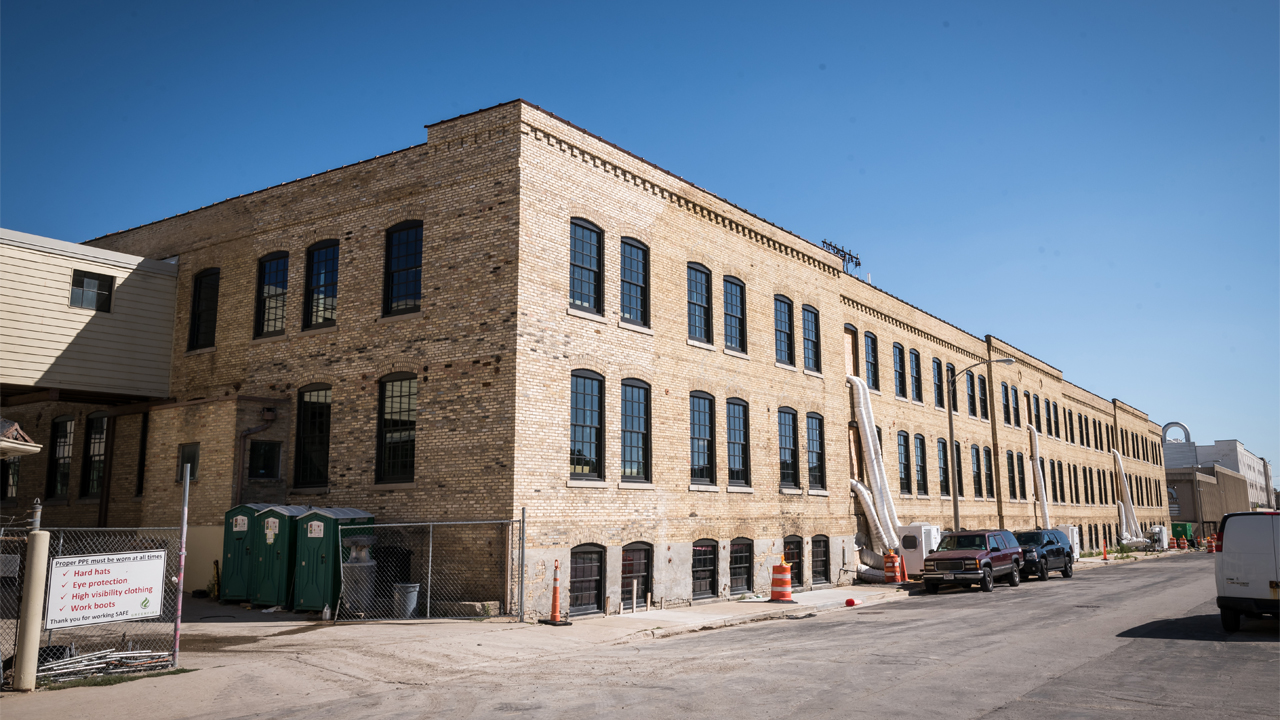What initially was one of the most encouraging recent development projects in Milwaukee has become a crisis for its residents and developers.
Minneapolis-based Roers Cos. and Milwaukee-based Scott Crawford Inc., led by Que El-Amin, have been transforming a former Briggs & Stratton manufacturing complex on Milwaukee’s north side into a mixed-use campus with 197 apartments. The $68.5 million redevelopment project is the type of investment Milwaukee’s central city desperately needs. Such projects in low-income neighborhoods are difficult to pull off, so Community Within the Corridor had generated much excitement.
But the city’s Health Department recently issued an emergency health order for closure and evacuation of the complex. The city said it was informed by the state DNR of a chemical hazard at the complex. Elevated levels of trichloroethylene (TCE), a known carcinogen, were found.
More than 150 residents of Community Within the Corridor were forced to pack up and leave. Temporary housing was provided in hotels.
Some of the residents had lived in the complex for eight months. The city Health Department believes the contamination was likely present the entire time. How in the world could that have happened?
A DNR official said the agency didn’t know people had moved into Community Within the Corridor, and only realized recently the contamination mitigation system at the complex is “not effective enough.” The DNR official said the agency was aware of the chemical at the site and warned developers to monitor the levels of contamination.
This fiasco raises a lot of questions including: How could the DNR be unaware people had moved in? And, why did the city issue an occupancy permit if there were concerns about contamination? The city said it wasn’t notified about dangerous levels of TCE at the complex until late March. In January, the DNR recommended that nobody should be living there and met with city officials to discuss concerns, but the mayor’s office says the DNR did not recommend evacuation at that time, according to WISN-TV Channel 12 reports.
This situation makes the city, state and the developers all look bad.
The developers say testing systems were put in place to monitor the living conditions at Community Within the Corridor, and they notified the DNR when elevated levels of TCE were found. But it took a week for environmental consulting firm KSingh & Assoc. to tabulate and share the test results with the DNR, according to Channel 12.
The DNR said it had strongly recommended that the developers, who now face possible prosecution, complete all rounds of testing before having residents move in.
“We will continue to work with the Department of Health, WDNR and our partners to return the indoor air quality in the east building to safe levels,” the developers said in a press release.
But after all of this, it won’t be easy to address the contamination issue at Community Within the Corridor and convince people that it’s a safe place to live. n


